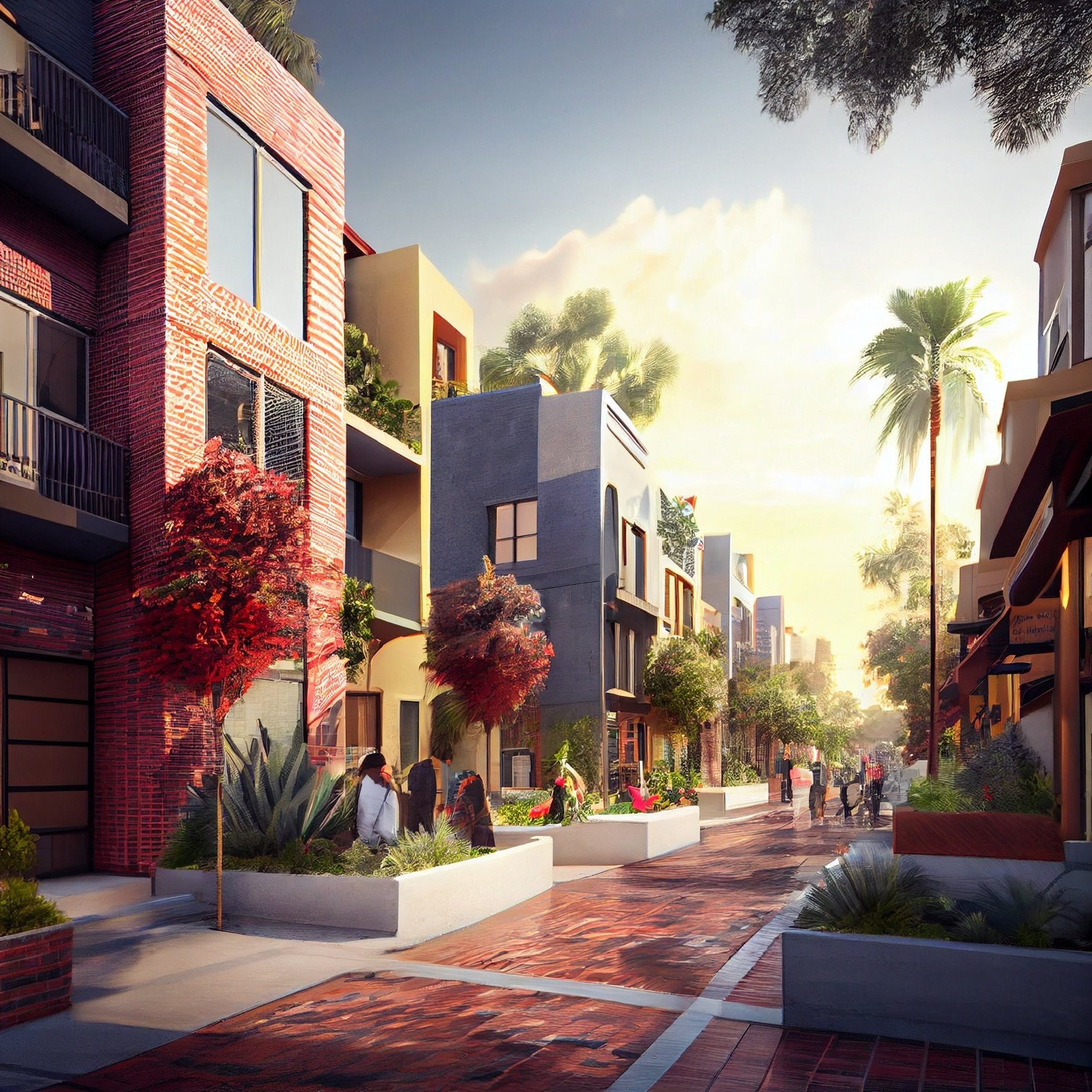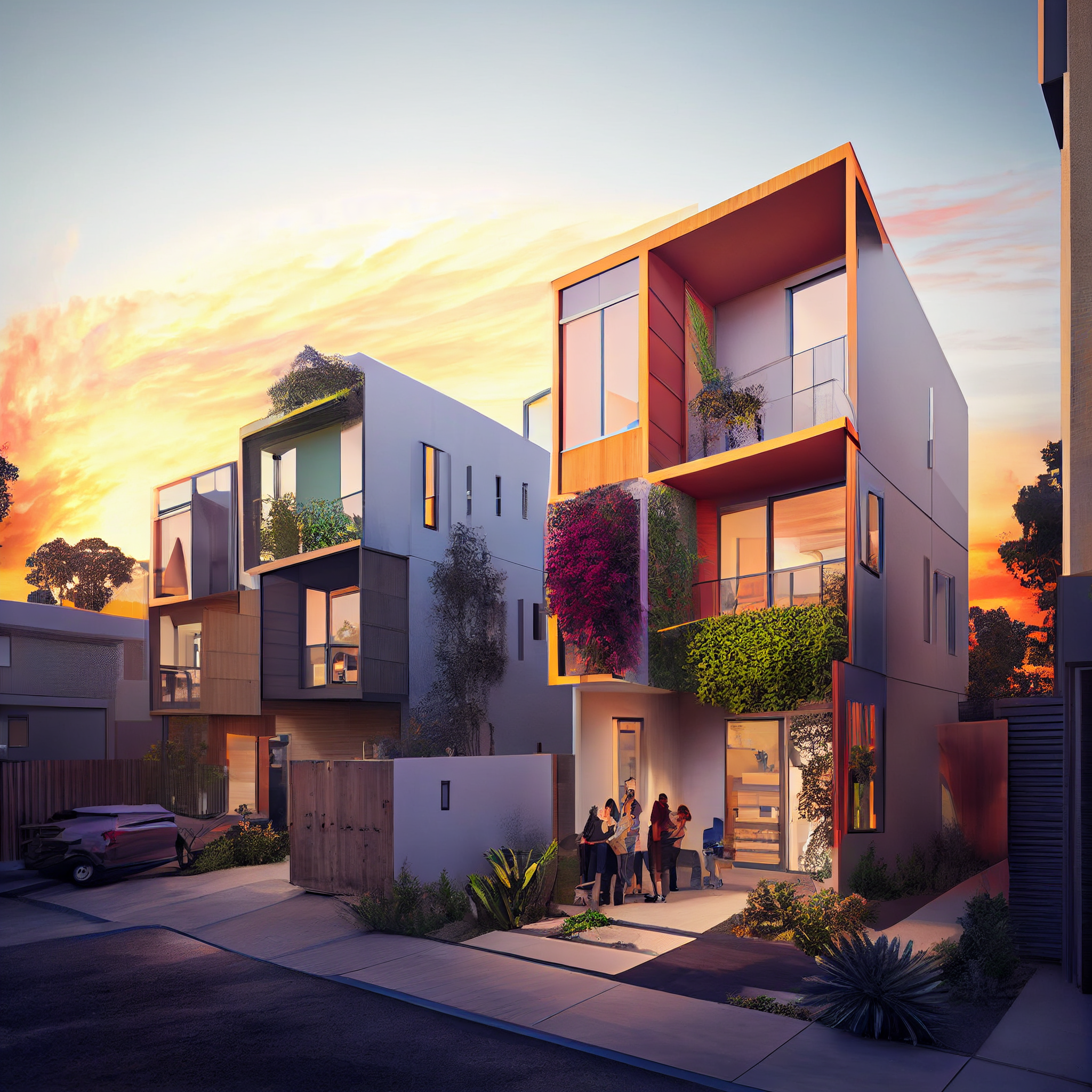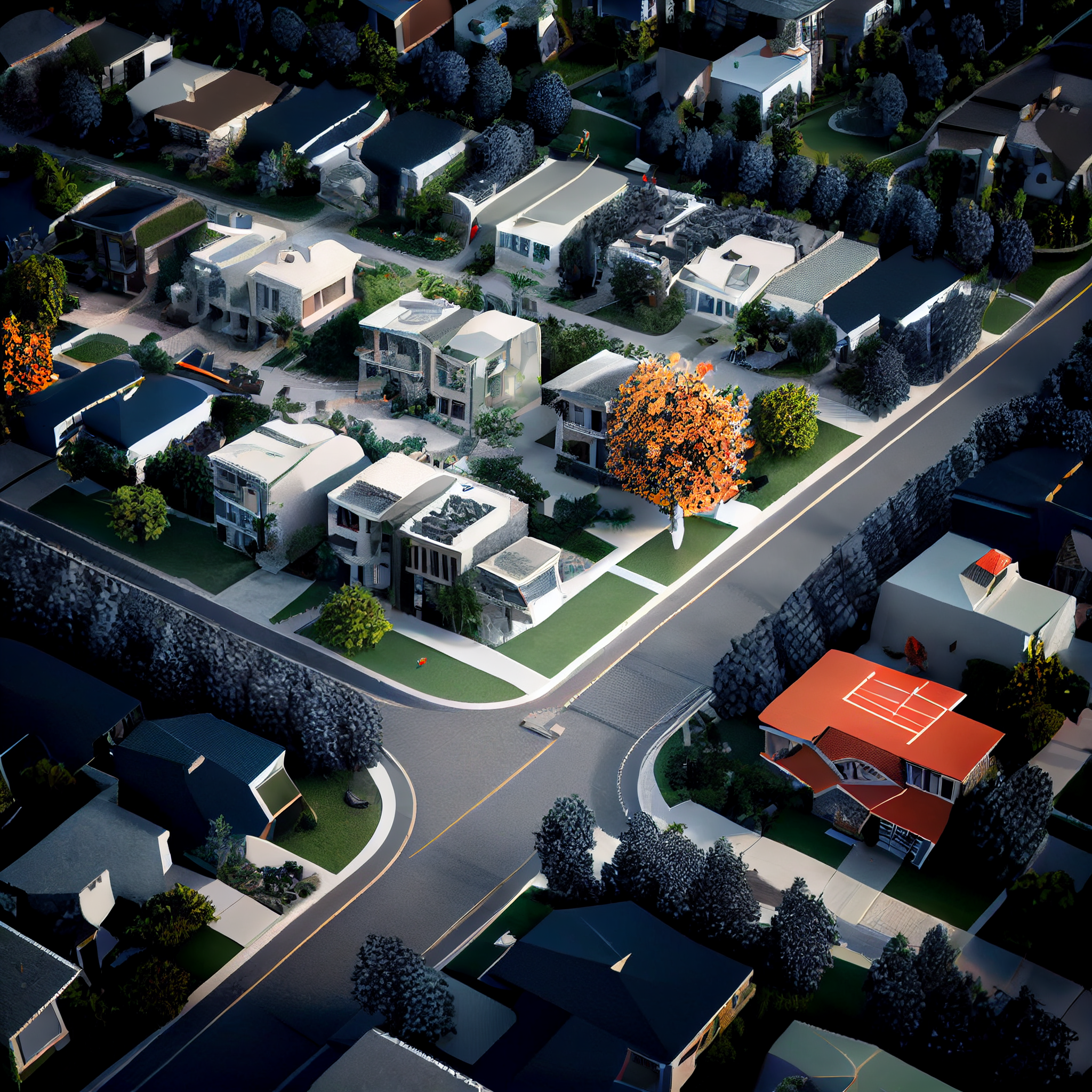



Why housing?
Society must address the need for a variety of housing options in order to create vibrant and sustainable communities. One approach to achieving this is through the development of "missing middle" housing, which refers to a range of housing types that fall between single-family homes and large apartment buildings.
Missing middle housing includes options such as duplexes, triplexes, townhouses, and courtyard apartments, which provide more units per acre than single-family homes and can help to increase the overall density of a neighborhood without creating the large, impersonal buildings of a high-rise apartment complex.
Higher density infill development, which involves building on underutilized or vacant lots within existing neighborhoods, can also help to increase the availability of missing middle housing. This approach can help to revitalize older or declining neighborhoods and provide housing options for a variety of income levels.




In order to create truly sustainable communities, it is important to prioritize walkability and bikeability. This can be achieved through the development of safe and convenient pedestrian and bicycle infrastructure, such as dedicated bike lanes and walkable neighborhood designs.
Furthermore, the concept of a "smart city" encompasses the use of technology to improve the efficiency and sustainability of urban communities. This can include the use of data and technology to manage traffic and transportation systems, reduce energy use and waste, and improve the overall quality of life for residents.
In conclusion, the development of missing middle housing, higher density infill, and walkable, bike-friendly communities are important components of sustainable urban planning. By prioritizing these elements, cities can create vibrant, livable communities that meet the needs of a diverse range of residents.





